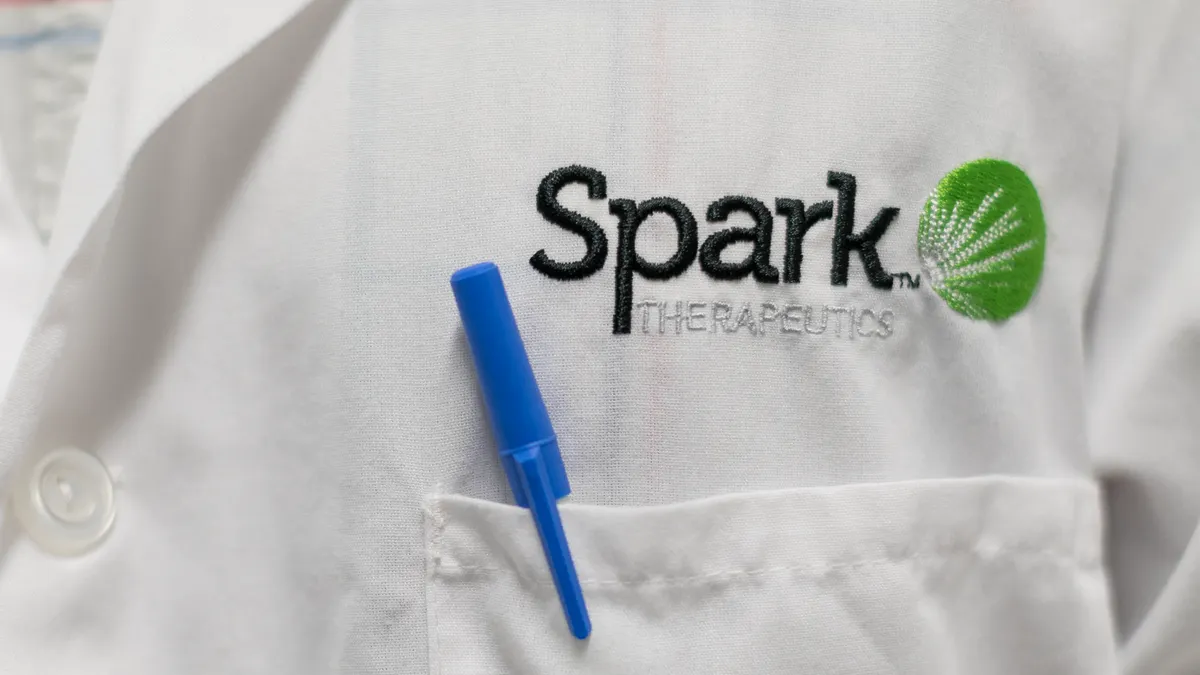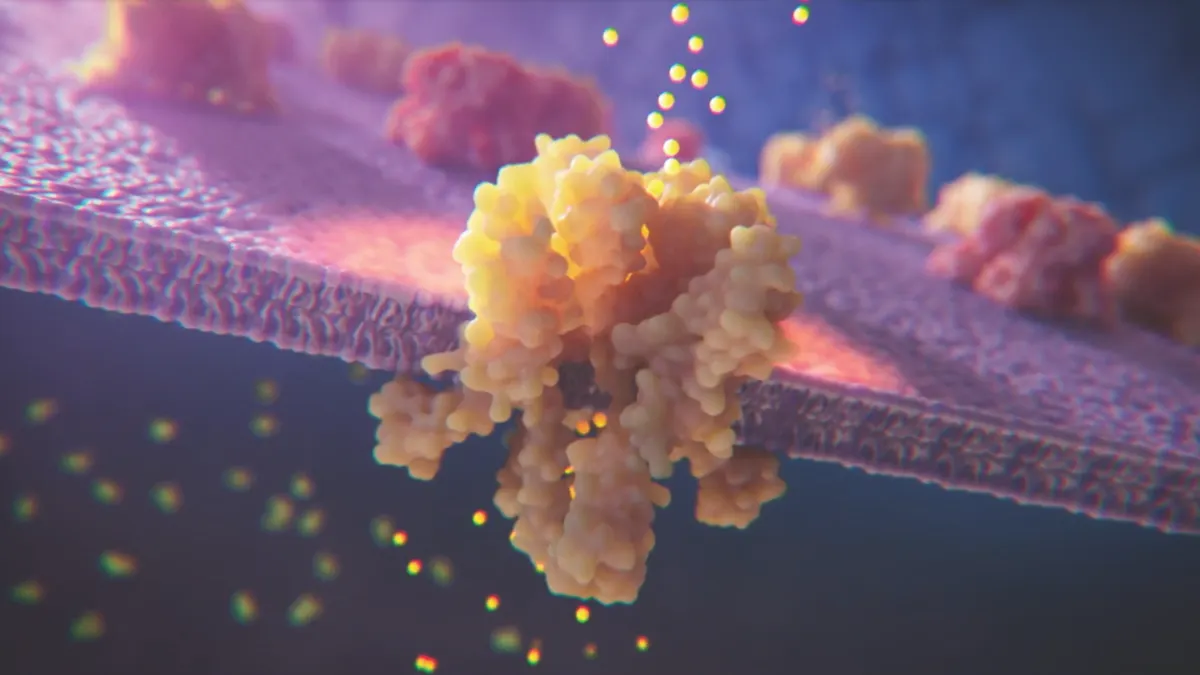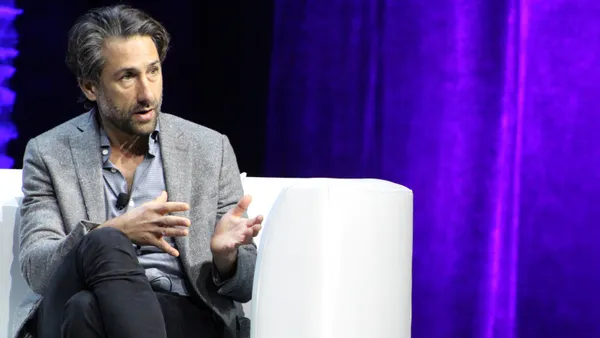Dive Brief:
- An advisory panel to the Food and Drug Administration on Thursday unanimously recommended approval of Spark Therapeutics, Inc.'s gene therapy for an inherited form of childhood blindness, putting the treatment one step closer to becoming the first such treatment OK'd in the U.S.
- Members of the independent committee voted 16 to 0 in favor of Spark's therapy, called Luxturna. The FDA, which is expected to decide on approval by mid-January, usually follows the advice of its advisory panels.
- Luxturna delivers a functional copy of a gene known as RPE65 to restore visual function in patients who otherwise would go blind. A small Phase 3 trial showed the treatment improved sight in nearly all study participants.
Dive Insight:
Thursday's meeting of the Cellular, Tissue and Gene Therapies Advisory Committee was significant not just for Spark, but also the broader gene therapy sector.
No gene therapies for an inherited condition are currently approved in the U.S., and many view Spark's treatment as the first true gene therapy to reach the FDA's desk. (Depending on how gene therapies are defined, previously approved drugs like Novartis AG's CAR-T therapy could be be classified as such).
While not guaranteed, approval of Spark's treatment in January would "thematically mark a watershed moment for the entire field," wrote Jefferies analyst Michael Yee in a October 12 note. An OK would also bring to a head the many concerns surrounding how gene therapies will be paid for and covered.
Luxturna, or voretigene neparvovec, is designed to be a one-time treatment for patients with vision loss due to a specific type of inherited retinal disease that generally is diagnosed in children or young adults.
"This is exactly the type of disease that we hoped that gene therapy would someday treat."

Wilson Bryan
Director, Office of Tissues and Advanced Therapies, FDA
As a group, inherited retinal disorders are caused by mutations in one or more of over 200 different genes. A mutated RPE65 gene — the target of Spark's therapy — is associated with several types of retinal dystrophies including two clinical subgroups known as Leber congential amaurosis (LCA) and retinitis pigmentosa.
Collectively, RPE65 mutation-associated retinal dystrophy is responsible for roughly 7% to 9% of LCA cases and 1% to 2% of retinitis pigmentosa — a patient population estimated at between 1,000 to 2,000 patients in the U.S.
Patients who are affected by this type of retinal dystrophy typically first experience night blindness and an inability to see or perceive in dim lighting. Onset occurs in early childhood, and 50% of people with the condition are legally blind by age 16. Most eventually progress to complete blindness, with no available pharmacological treatments to slow the progression.
"I could see colors again"
Spark's application for approval is supported by evidence from two open-label Phase 1 studies, along with a open-label, controlled Phase 3 pivotal trial.
Results from that Phase 3 study showed a statistically significant benefit in functional vision, light sensitivity and visual field. Including patients who crossed over to treatment, 27 of 29 treated patients in the late-stage trial experienced improved sight over follow-up of at least one year post administration of Luxturna.
"Within days of the first surgery, I could see vibrant colors again," testified a study participant in one of Spark's clinical trials during Thursday's panel hearing. "I was no longer living in a black and white film."
Other participants spoke of the wonder of being able to see the stars and moon, or of navigating everyday life with new clarity.
Physicians, some connected with Spark and others speaking independently, were similarly outspoken about the transformation in vision experienced by patients.
On the whole, the panel appeared satisfied by the risk/benefit profile of Luxturna.
All patients experienced an treatment-emergent adverse event, 14% of which were characterized as severe. Most ocular adverse events seen in clinical development were mostly associated with administration of Luxturna, which is delivered through a subretinal injection.
Sustained benefit?
One of three main questions prepared by FDA staff for the hearing asked committee members to consider the therapy's long-term effect, and whether repeat administrations would be needed.
"There is no available long term follow up data to address whether the effect decays over time," FDA staff wrote in briefing documents published earlier this week. "Therefore, the duration of AAV2- mediated transgene expression leading to sustained clinical benefits beyond one year is unclear."
Spark has followed patients from its Phase 1 studies for between seven to nine years and those from the Phase 3 trial for two to four years, with improvements in vision sustained. The company has proposed to conduct long-term safety monitoring through an observational registry.
The company doesn't recommend repeat administration and didn't test multiple injections in its clinical study.
In many ways, whether the benefits of gene therapy hold up over time is the core question of the field. Theoretically, a one-time administration of a functional gene should effectively treat certain inherited diseases. But with gene therapy expected to cost in the hundreds of thousands, or even millions of dollars, sustained benefit is central to the value proposition of the field.
Novartis AG's recently approved CAR-T cell therapy Kymriah (tisagenleceucel), which some classify as a gene therapy, costs $475,000 for a one-time treatment — a price below investor expectations. Spark's therapy could cost much more, perhaps as much as $450,000 per eye according to an equity analyst from RBC Capital Markets.
While the science behind these treatments represents major technological and clinical advances, no company has successfully commercialized a gene therapy. So far, two gene therapies have been approved in Europe. One, developed and initially marketed by the Dutch biotech UniQure B.V., cost $1 million and was used commercially only once. The second, GlaxoSmithKline plc's Strimvelis, has also struggled to gain any traction on the market.















